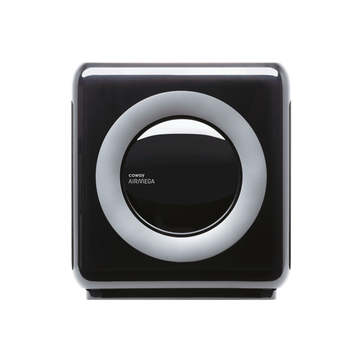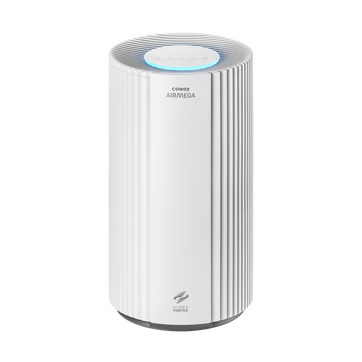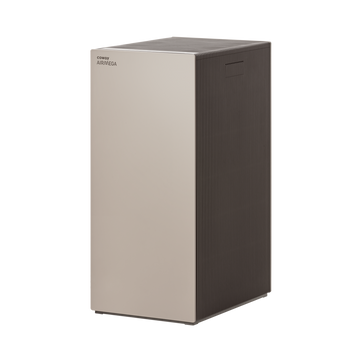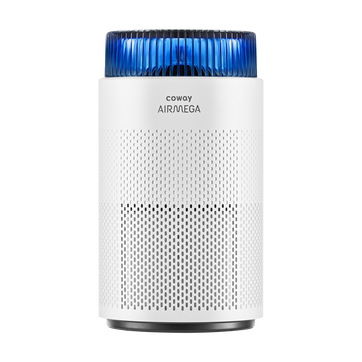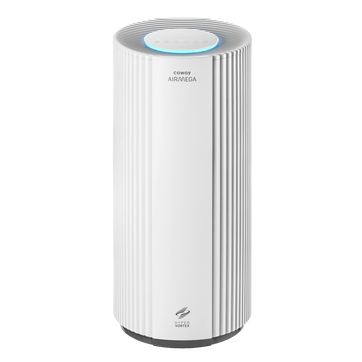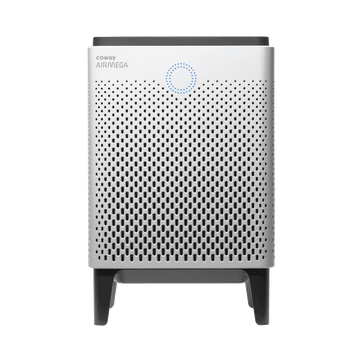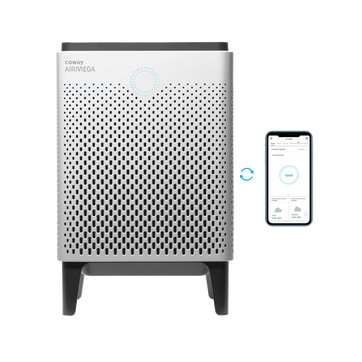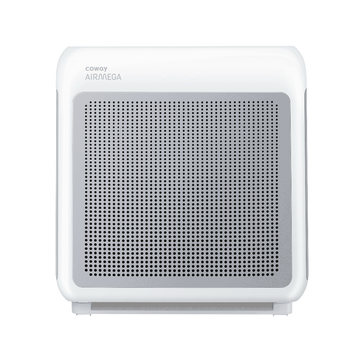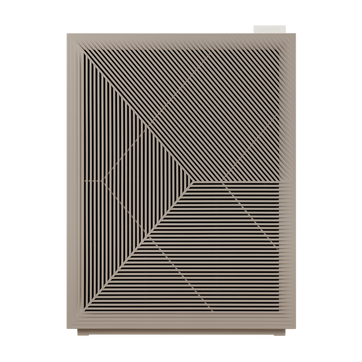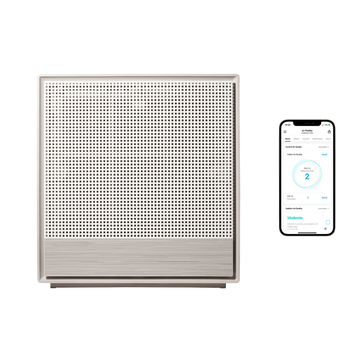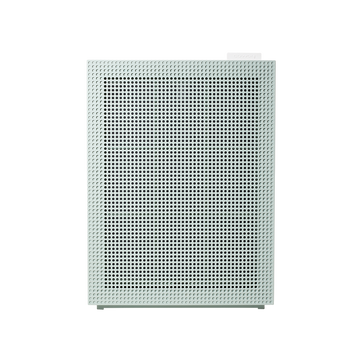
What is a water footprint?
You probably love your jeans, your coffee and your cotton t-shirts. All of those items, and everything else you consume, comes at a cost, and it’s not just at the cash register. This cost is measured as a “water footprint,” since consumer products are made using water.
The water footprint is the total amount of water used in the production of our clothes and food. The footprint calculates the effects and stress put on the water supply. For instance, it takes 2,000 gallons to yield one pair of jeans, while a cotton t-shirt uses up to 400 gallons, according to author Stephen Leahy, an environmental journalist, who wrote the book Your Water Footprint.
Measuring a product’s water footprint creates awareness, and perhaps leads to action in an effort to curtail water waste. The next time you are at a restaurant, you might want to order a beer instead of a soda since beer “only” uses up 20 gallons of water, while a soda is more like 50. Similarly, tea is produced with only nine gallons of water while coffee uses 37.
Ironically, another big user of water is the plastic water bottle. It takes forty-eight ounces of water to produce one sixteen-ounce bottle—that’s three times more water than the water you get in the bottle!
What’s more, in tests conducted by the National Resources Defense Council (NDRC), some bottled water samples contained contaminants and after ten weeks, some samples were shown to have a chemical known to cause hormonal disruptions in humans—all the more reason to use a reliable at-home water filter to guarantee a constant supply of safe and clean water.
In the end, knowing the water footprint of a product can help us be more conscious of our own water consumption, influence our purchase decisions and help us conserve one of our most critical resources. Curious about your own water footprint? Try this calculator.
One way to help reduce your water footprint is by using a reusable water bottle. Pair that with the Coway Aquamega 100, and you're on your way to living a cleaner, healthier lifestyle.
Disclaimers
1Coway air purifiers have been proven to trap dust, pollen, dander, viruses and bacteria in the air based on KCL (Korea Conformity Laboratories) testing.They have been tested in a 30㎥ size chamber according to the Korea Air Cleaning Association standard (SPS-KACA 002-132:2022 Modified) to measure the 0.01㎛ size of particle removal rate. It was tested on maximum airflow speed in normal room temperature and humidity conditions. The performance may vary in the actual living environment of customers.
→ Tested with Airmega Aim, 50, 100, 150, 160, Tower AP-1216L, Mighty AP-1512HH, MightyS AP-1512HHS, 200M, Icon, IconS, 230, 240, 250, 250 Art, 250S, 300, 300S, 350, 400, 400S, 450, ProX
299.97% of viruses, bacteria, fungi and pollen were verified to be removed from the air for Coway air purifiers which have Green True HEPA™ filter applied based on the Japan Food Research Laboratories(JFRL) testing according to JEM 1467 standard.
→ Tested with Coway Airmega Mighty AP-1512HH, MightyS AP-1512HHS, 250, 250 Art, 250S, 300, 300S, 400, 400S
→ All tested by JFRL and received above result within below time.
4The concentration of ammonia, acetaldehyde and acetic acid were proven to be removed within 30 minutes by FCG Research Institute, Inc. Human Life Science Lab. It is not a demonstration result in the actual use space. Not all odors and gases may be supported. → Tested with Coway Airmega 150, 160, Mighty AP-1512HH, MightyS AP-1512HHS, 400, 400S
5The coverage area of the air purifier is based on an area where the air cleaner can make two air changes per hour (ACPH). An air change per hour translates to how many times an air purifier can clean an area, assuming the height of a ceiling to be 8 ft, in one hour. Therefore ** means two air changes per hour means that the cleaner can clean the area once every 30 minutes and * means air changes per hour means that the air purifier can clean the area once every 60 minutes.
10Terms and conditions apply. Discounts, including promotions, coupons, bundle discount and subscription discount, cannot be stacked on top of other coupons. During promotional periods, discount codes will not be able to be applied to orders. Promo codes may apply to products only—filters, accessories, and new products within 3 months of the release date are not included.
11Based on Coway R&D internal laboratory testing, activated carbon filtration was shown to remove up to 95% of ammonia odors within 40 minutes, and up to 99% of fecal odors within 20 minutes. Actual performance may vary depending on usage conditions.

